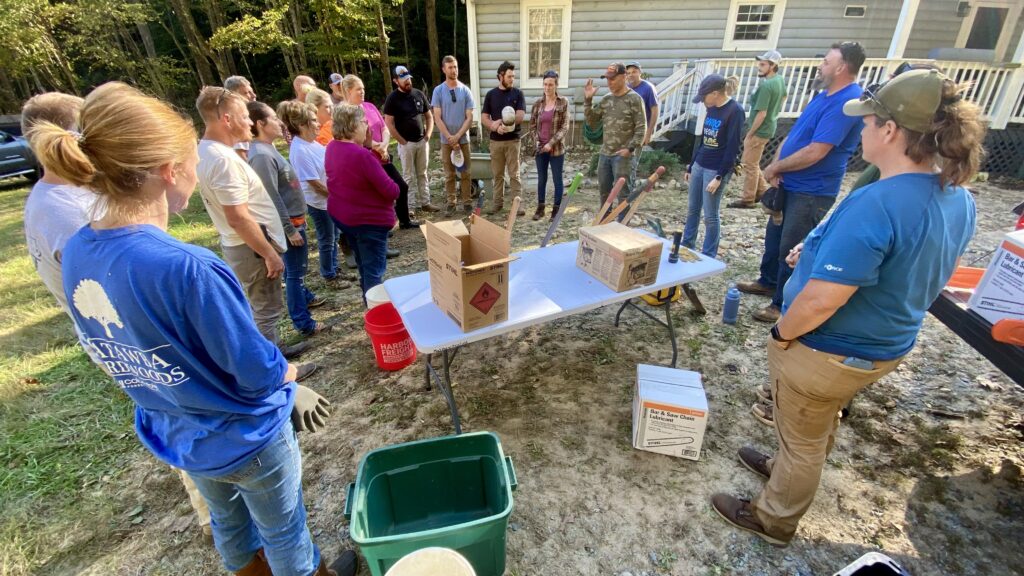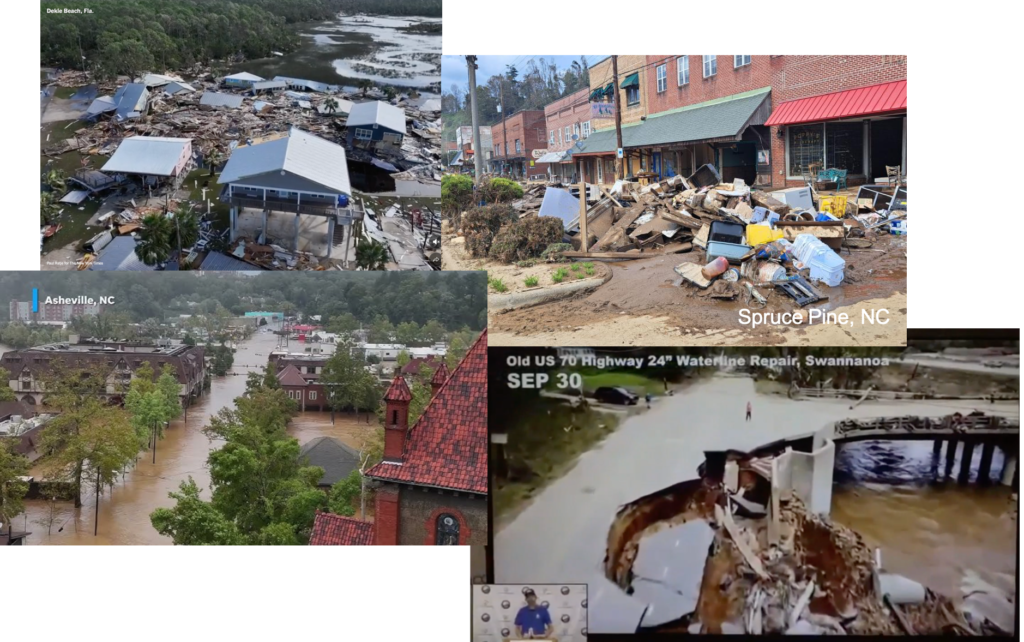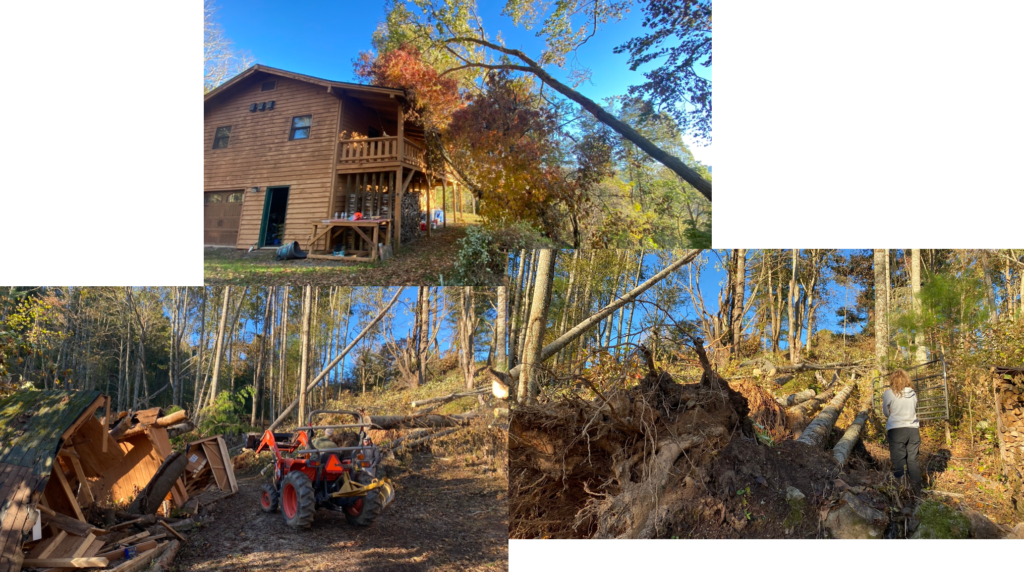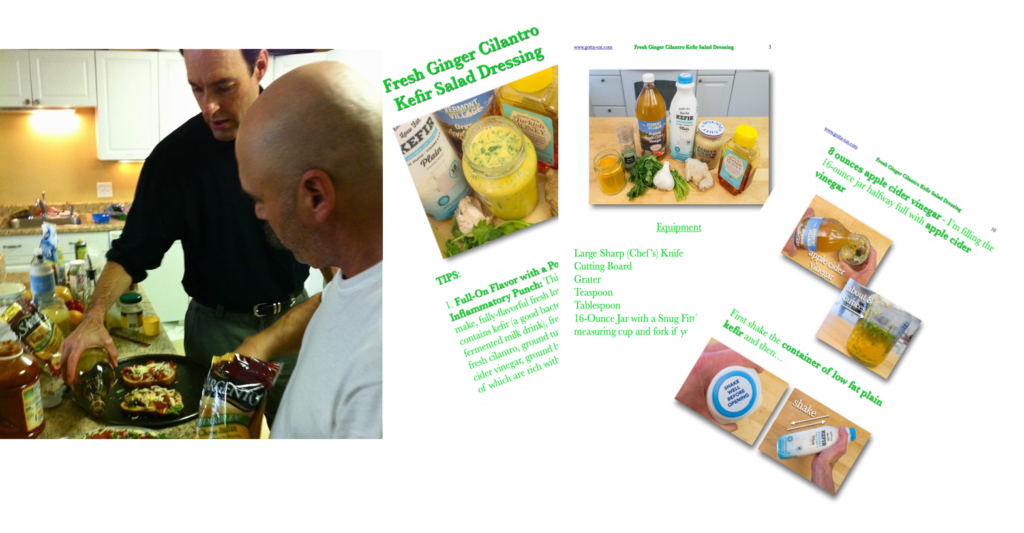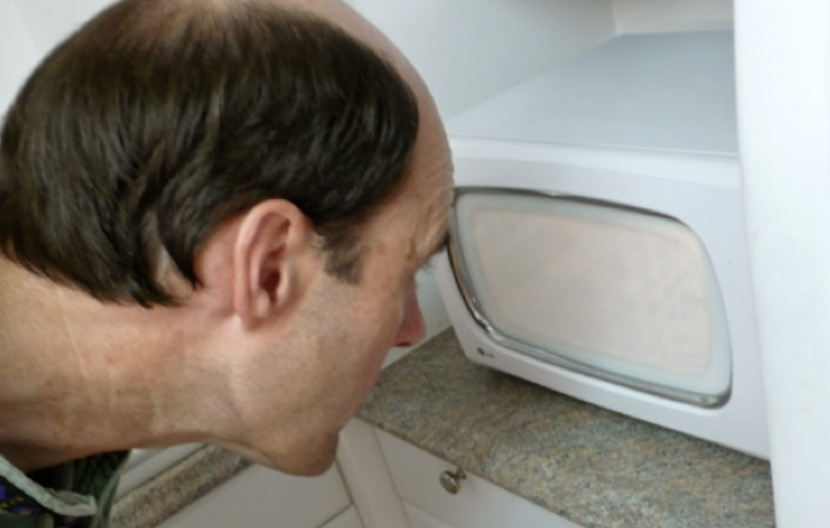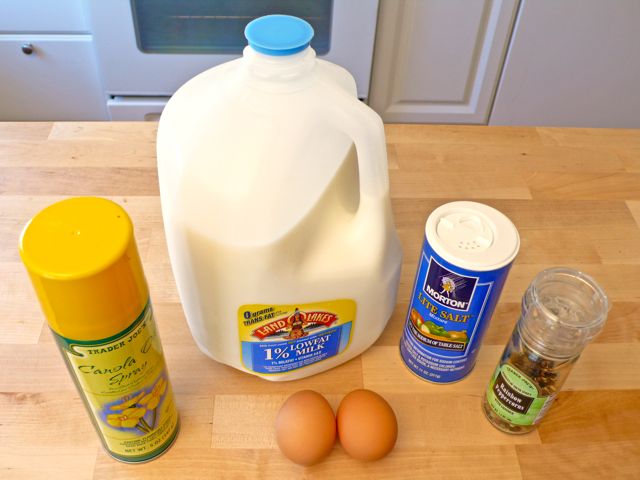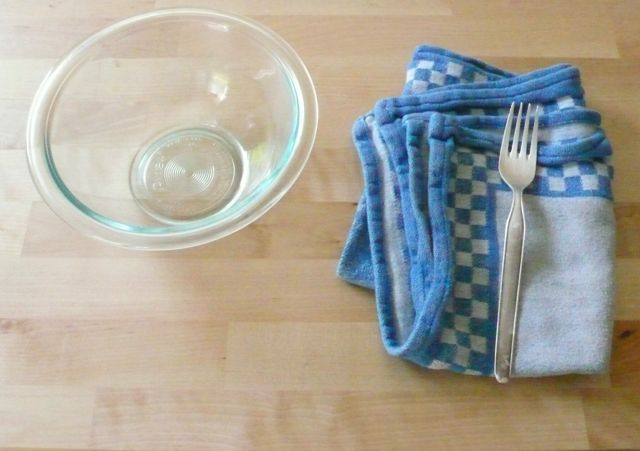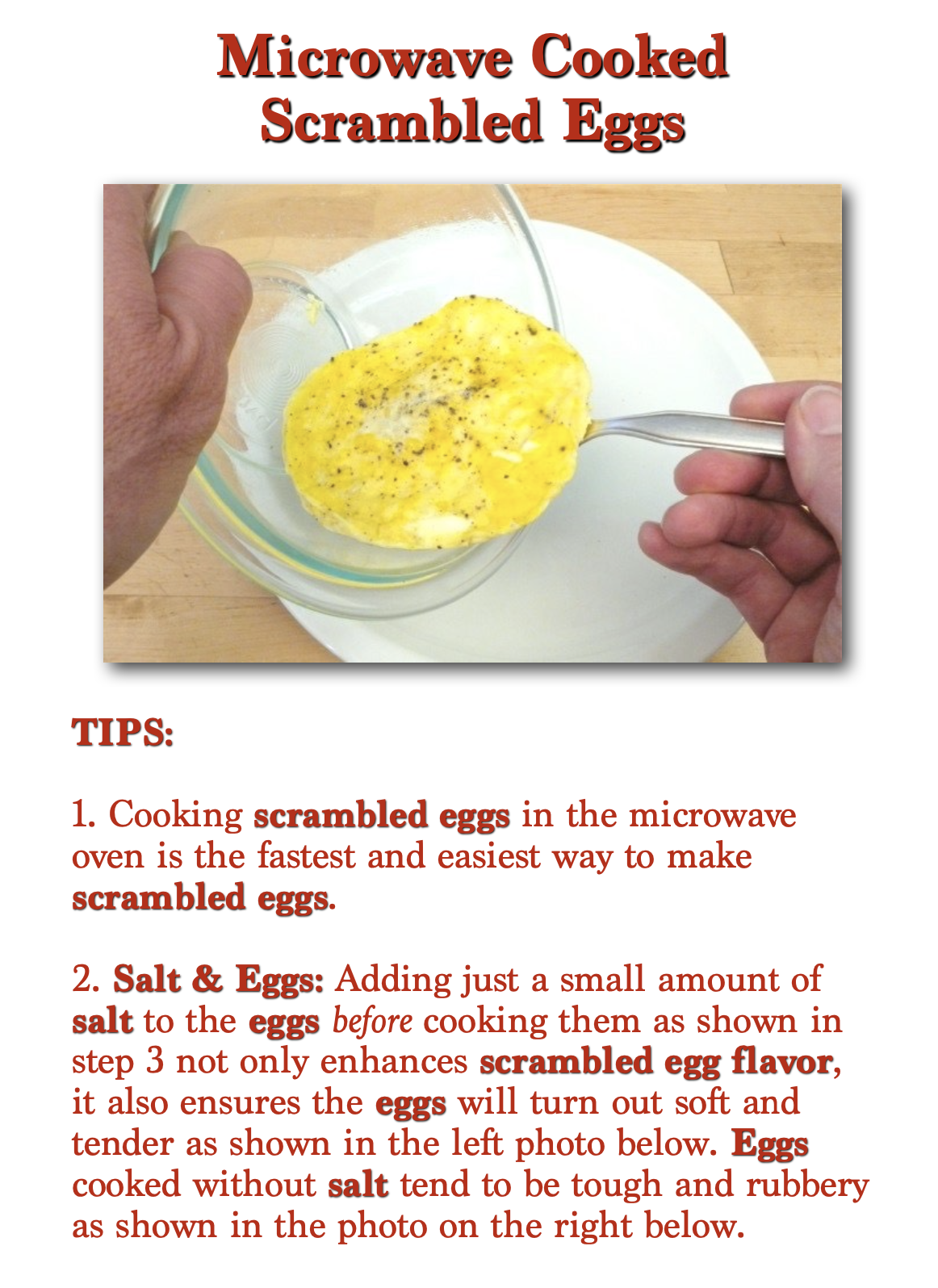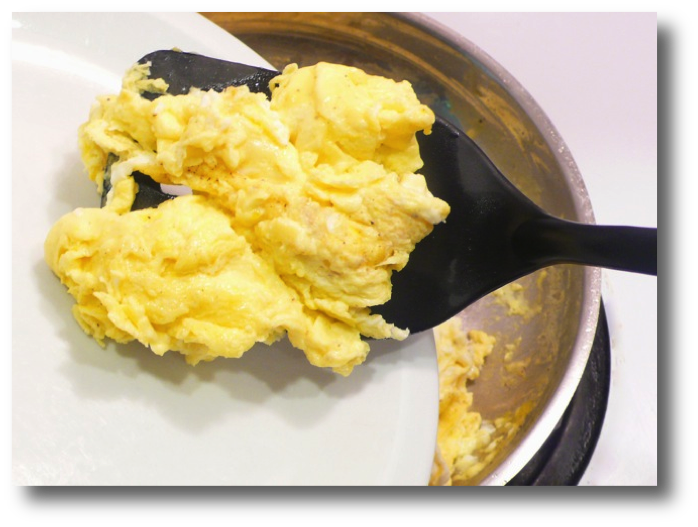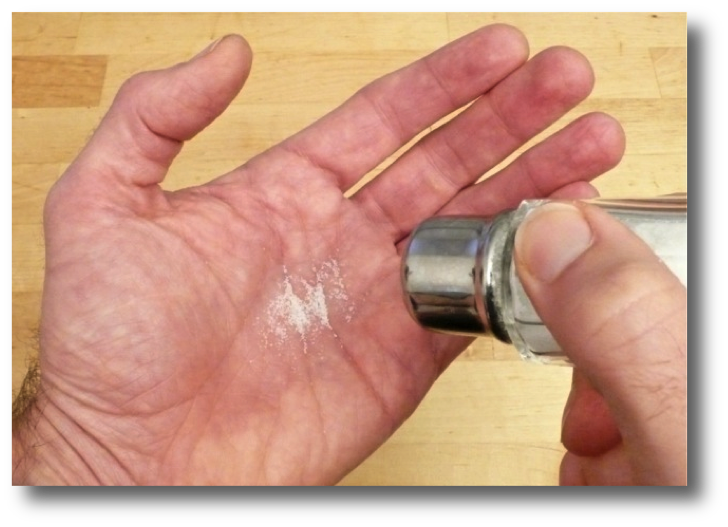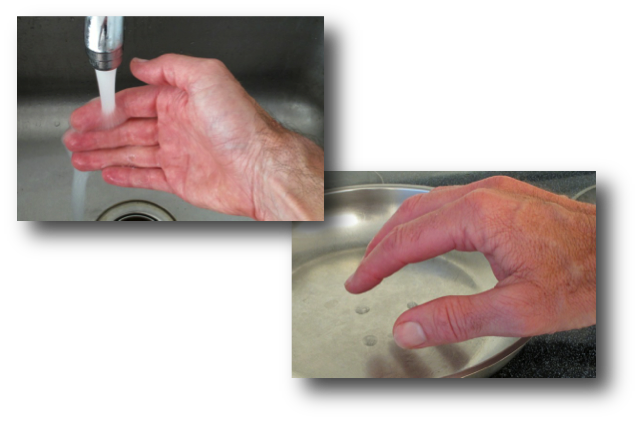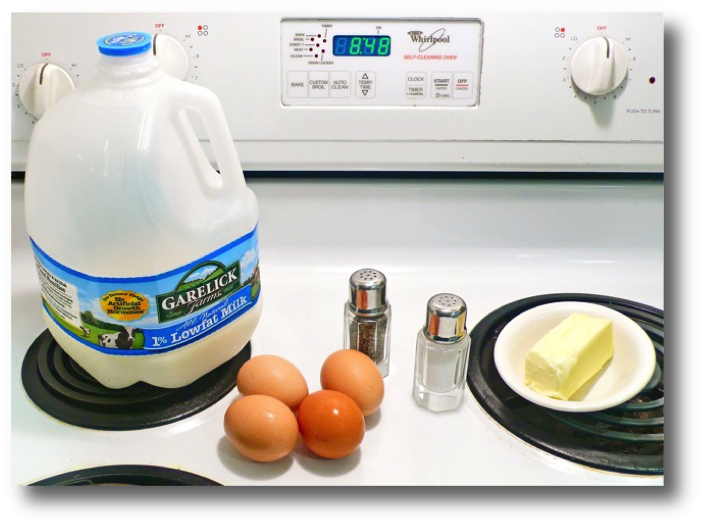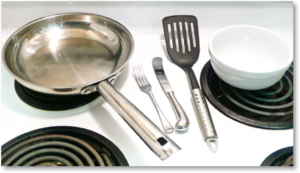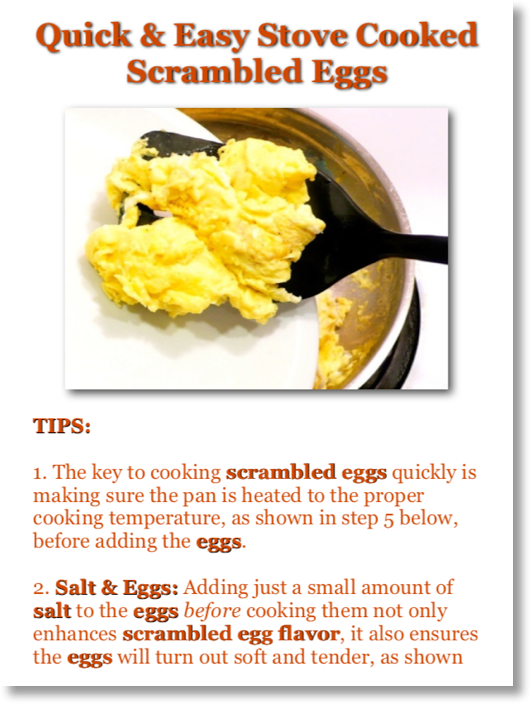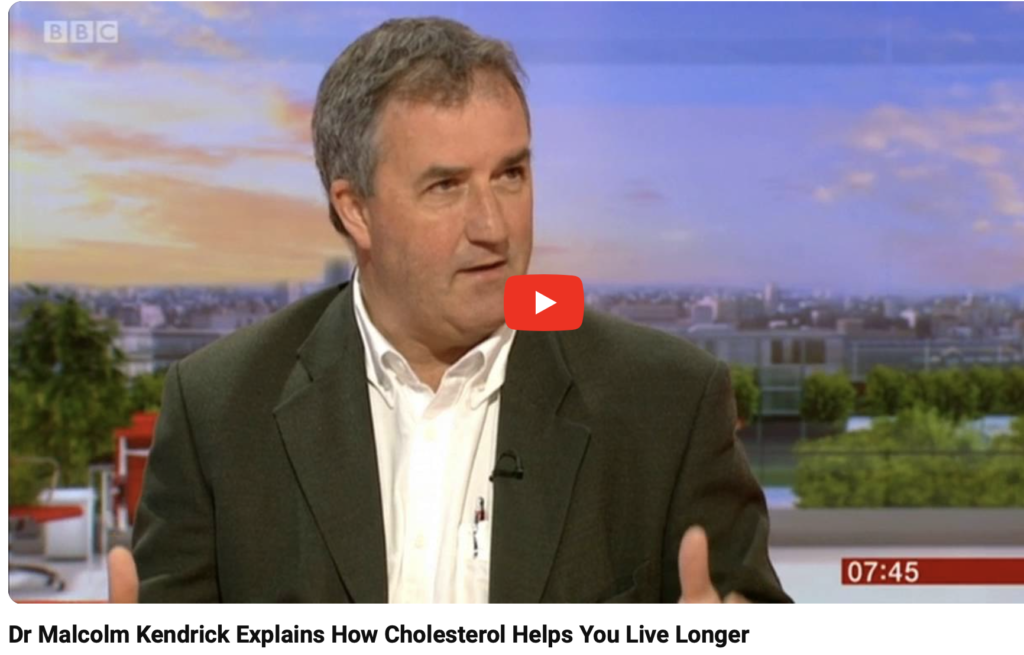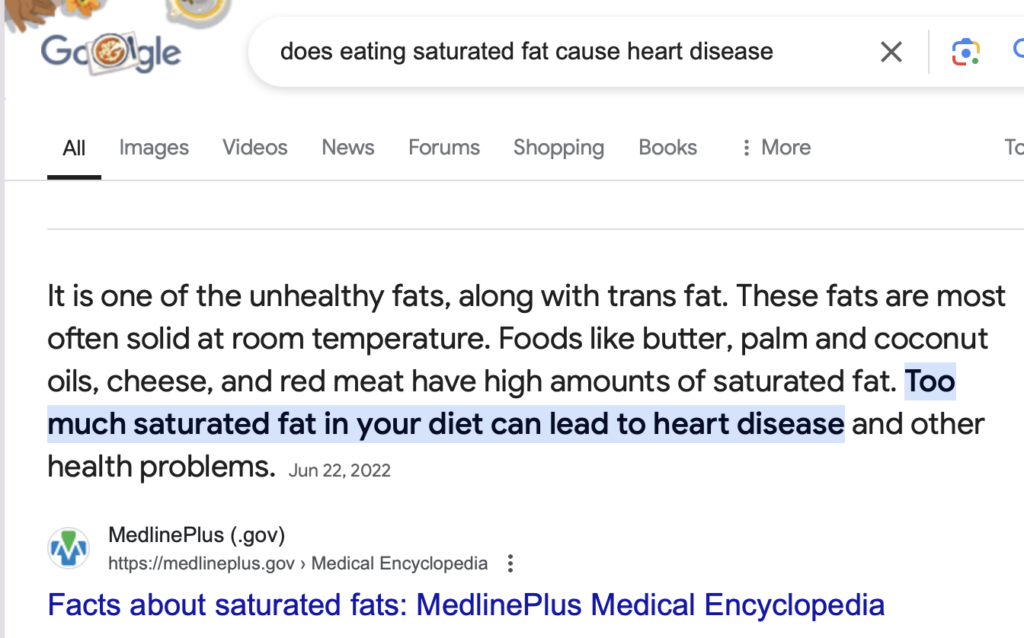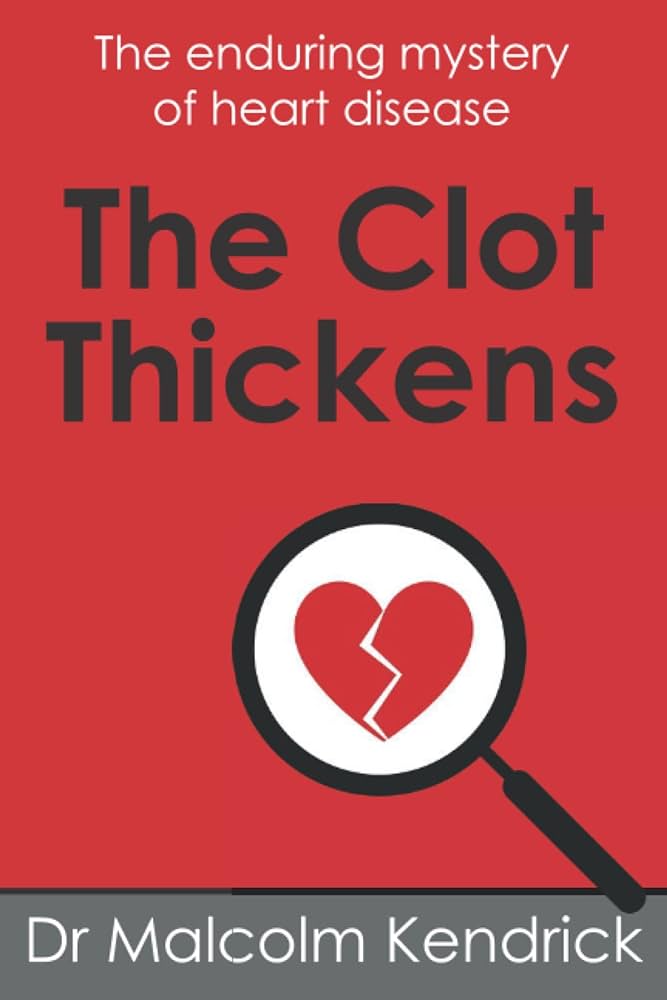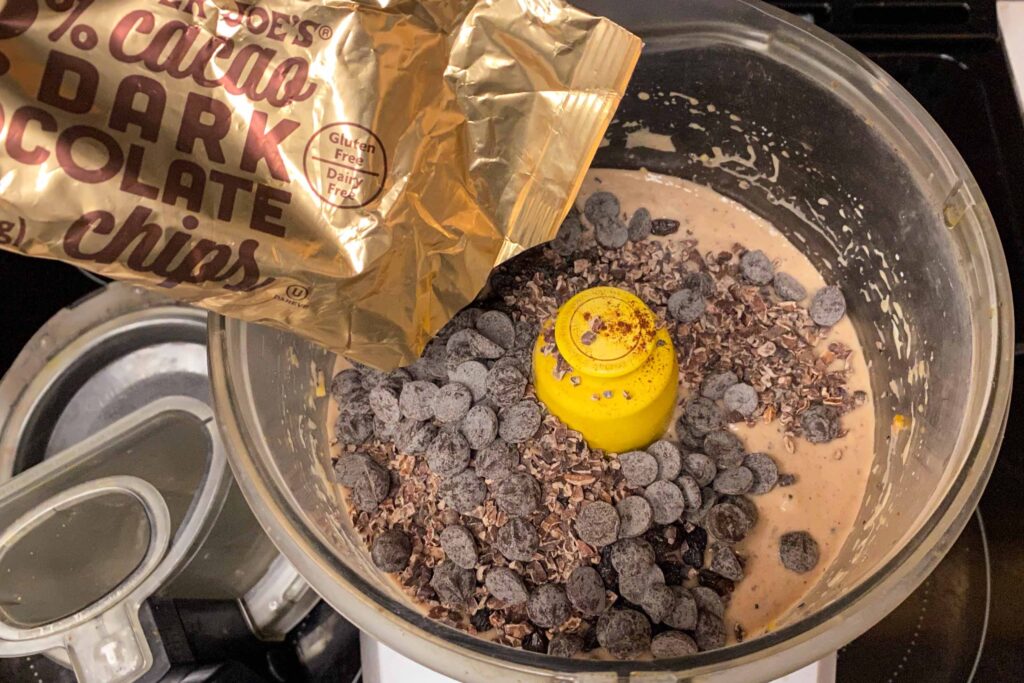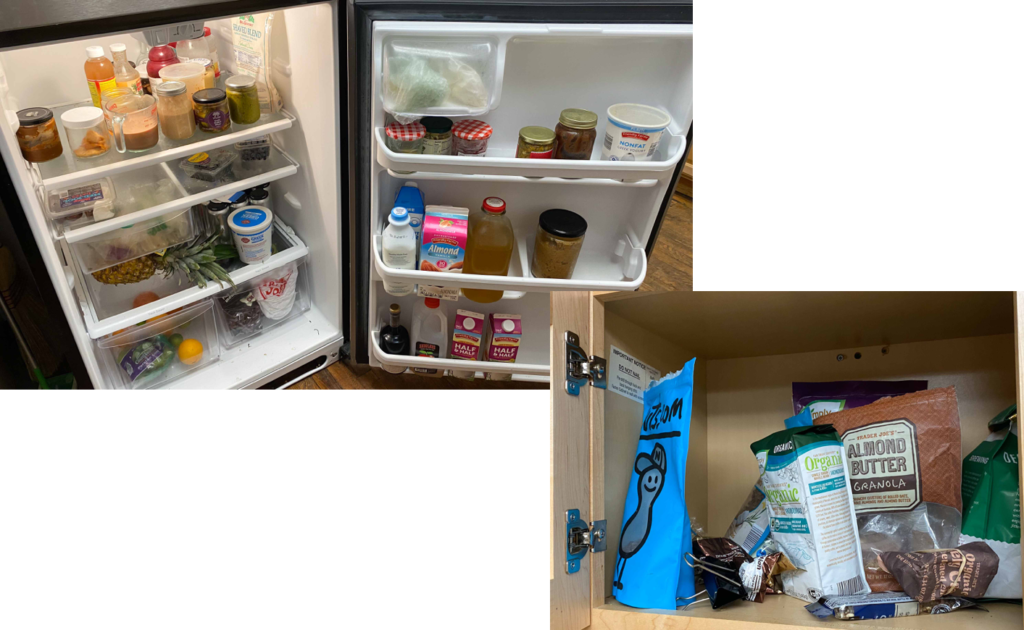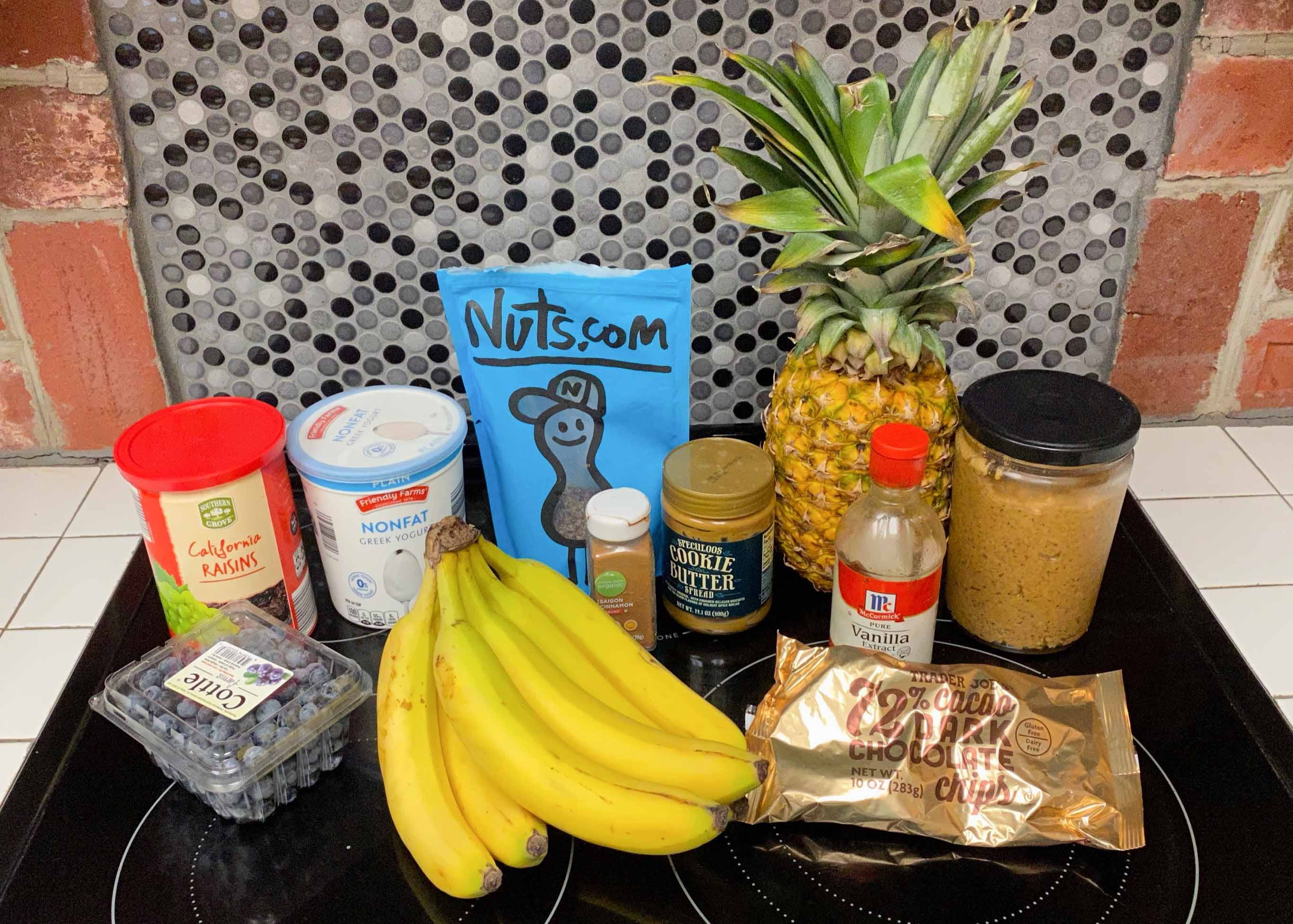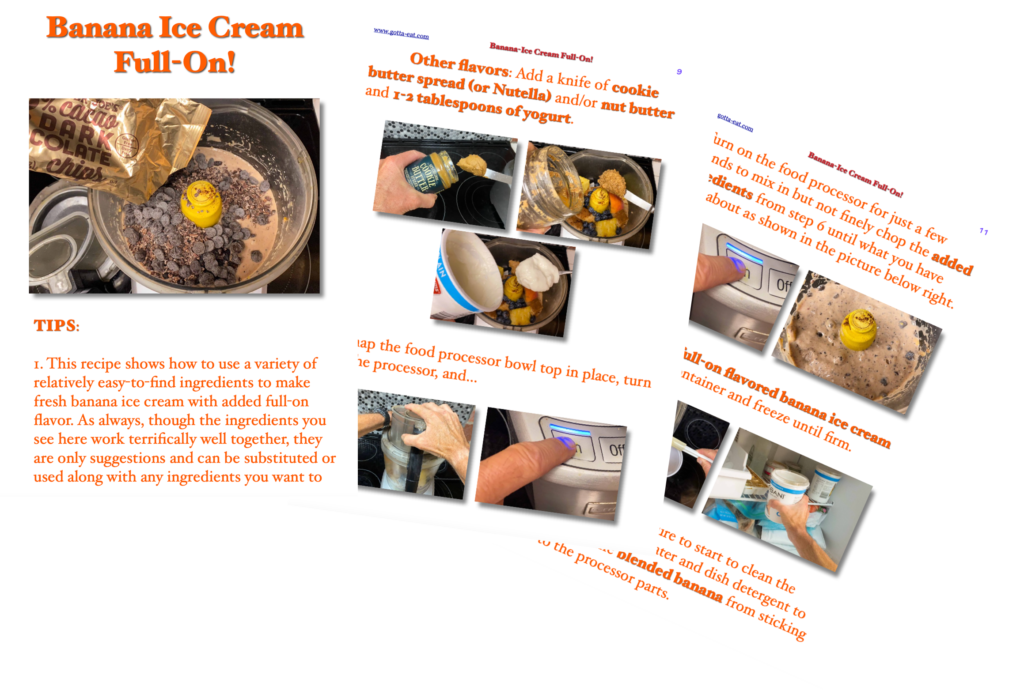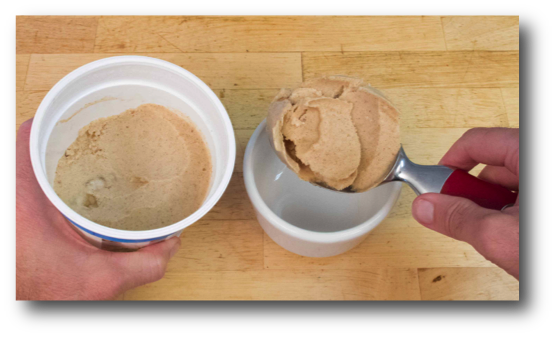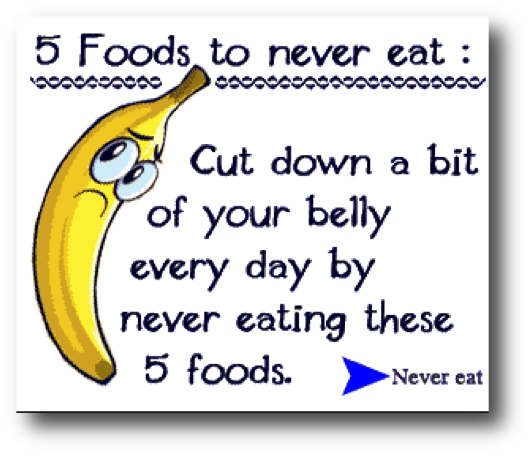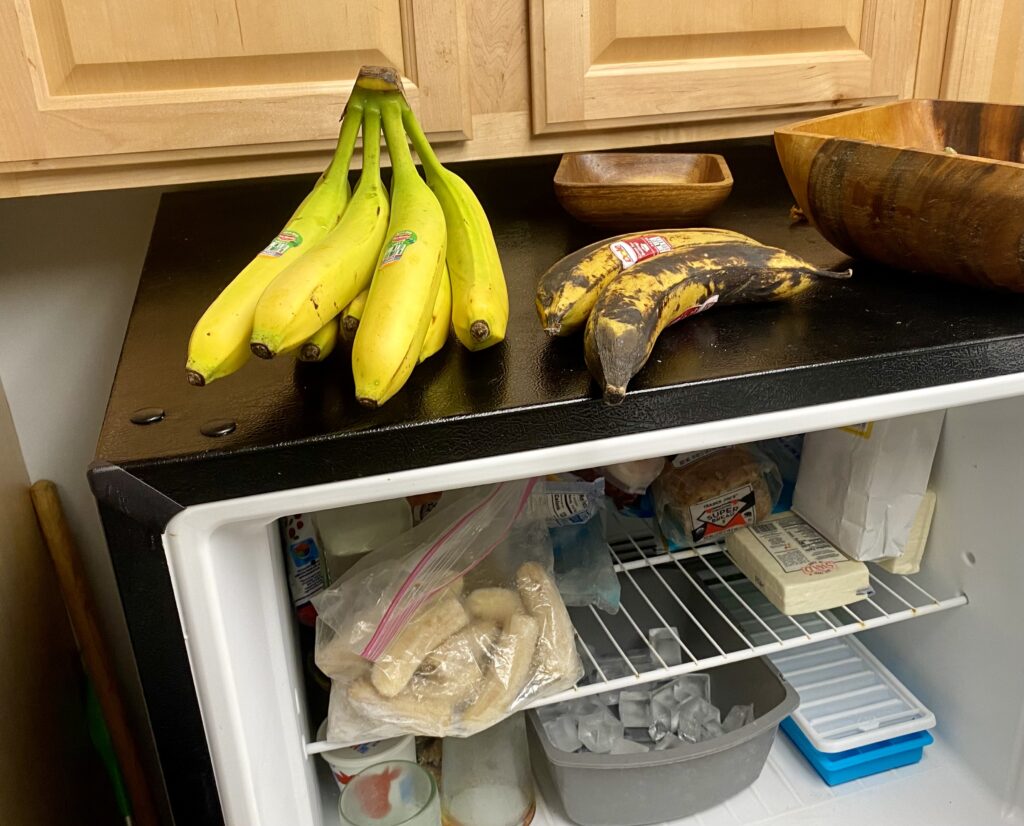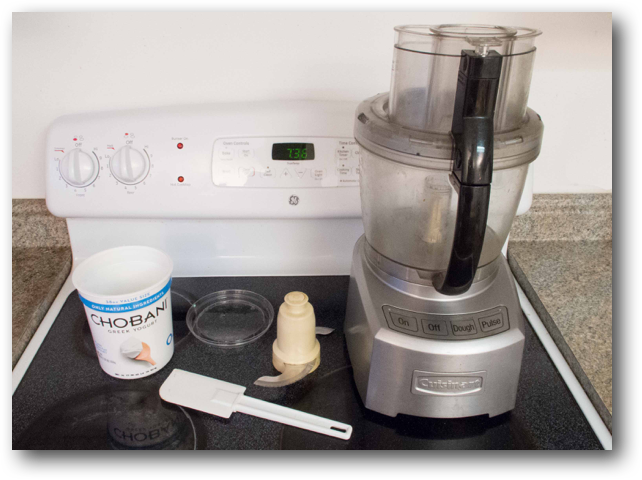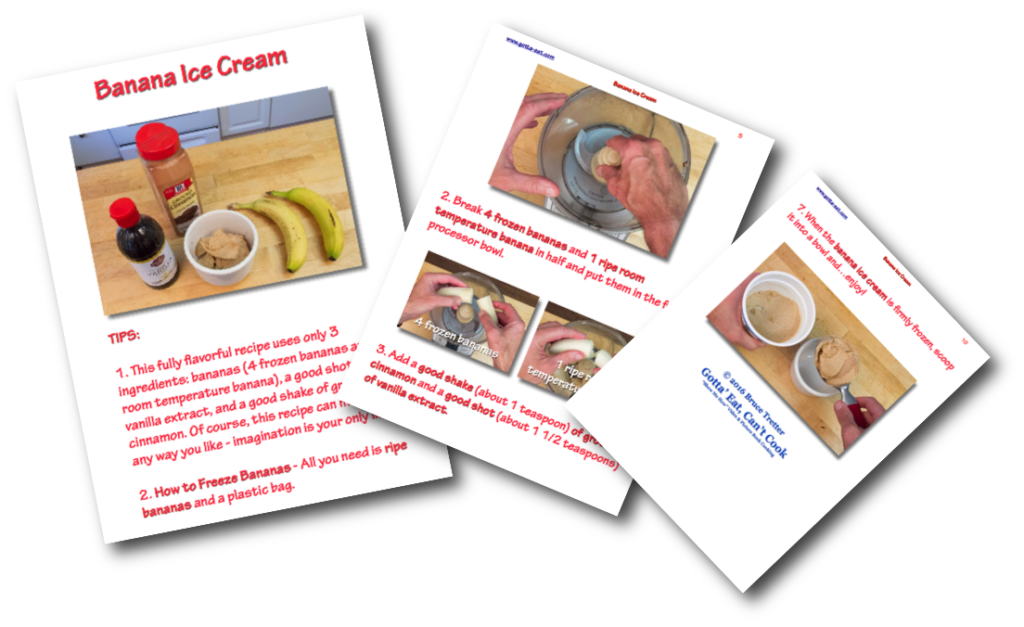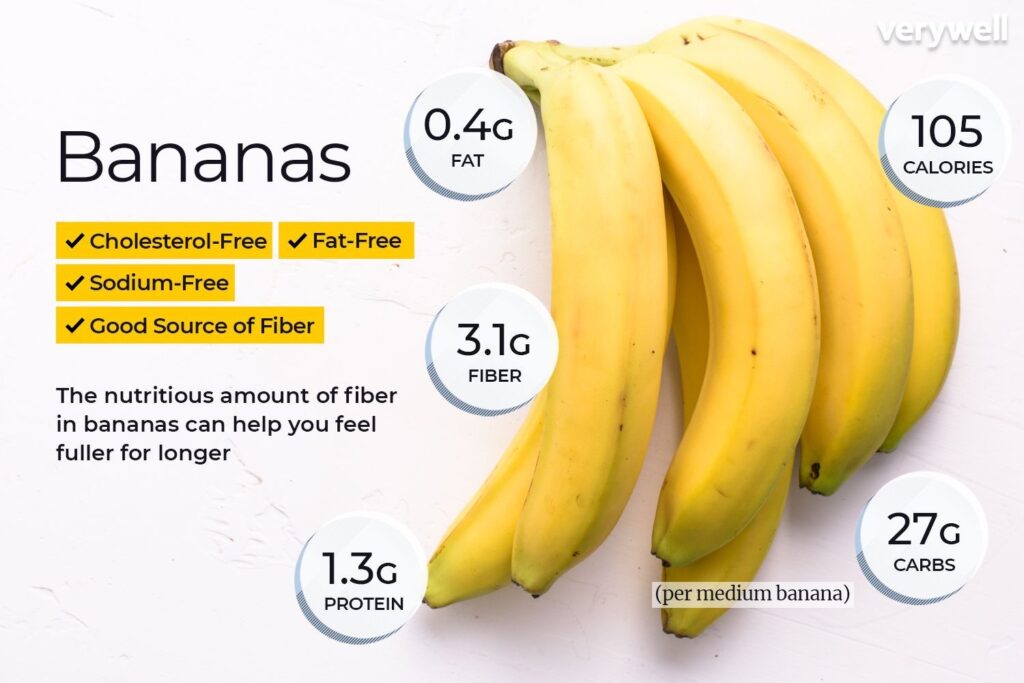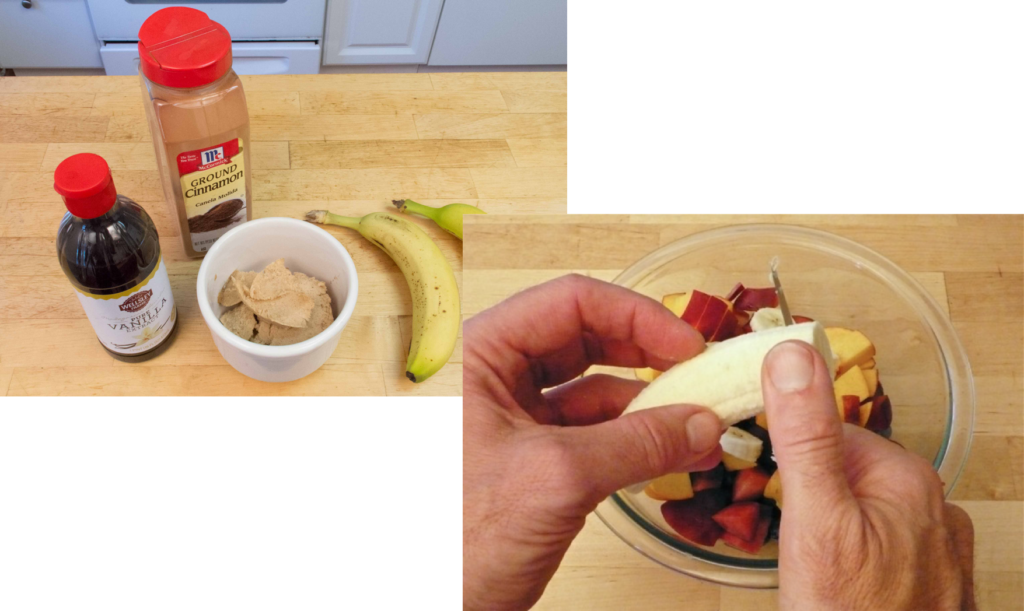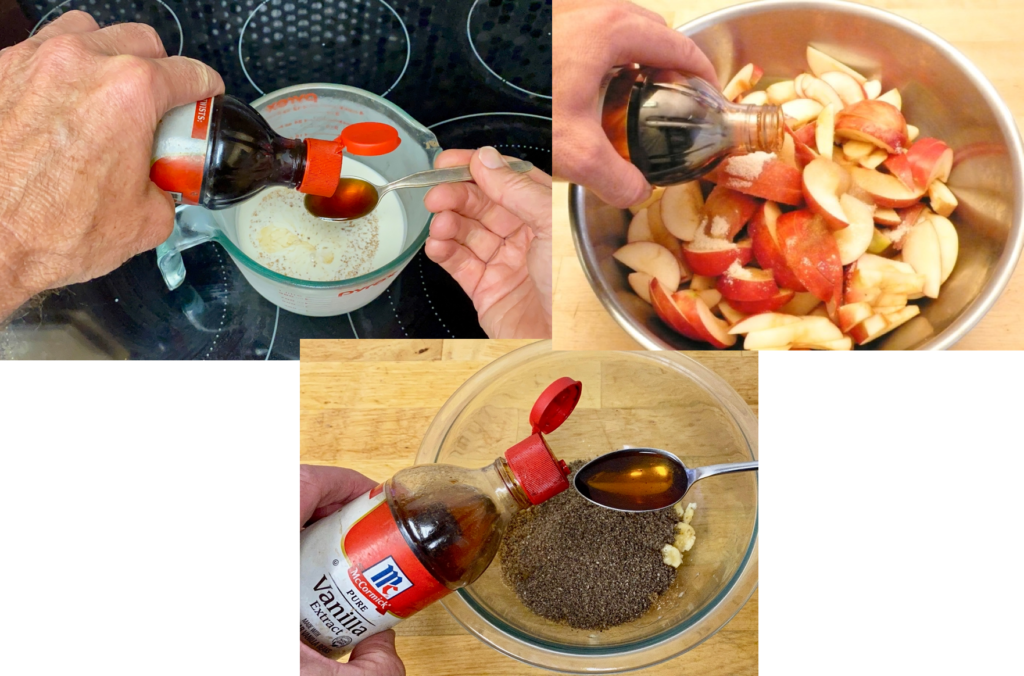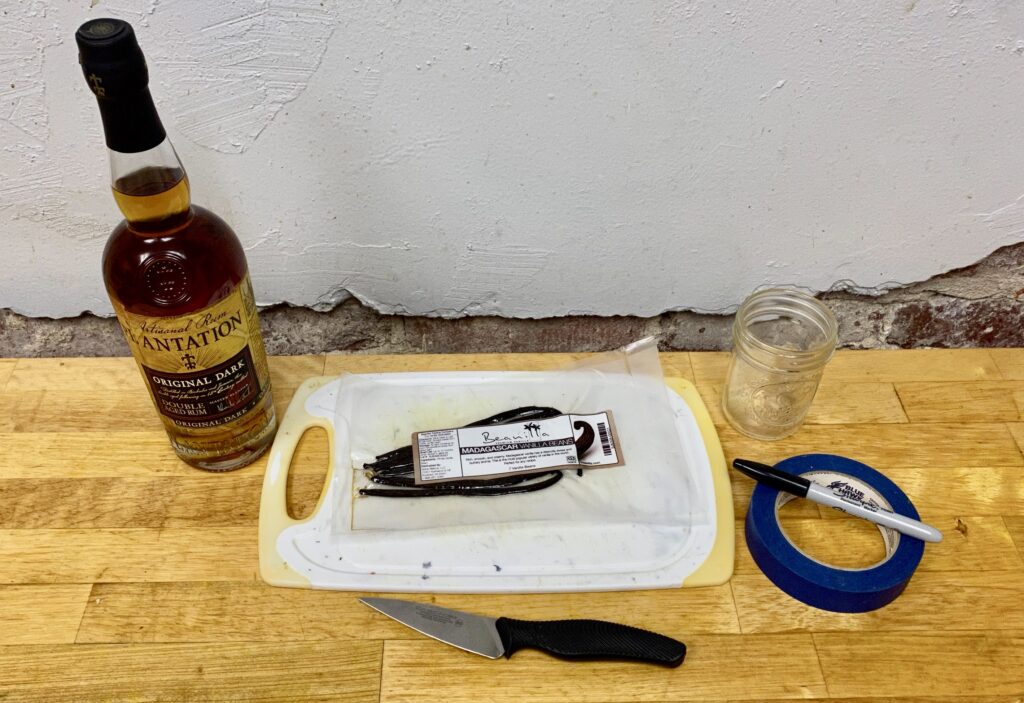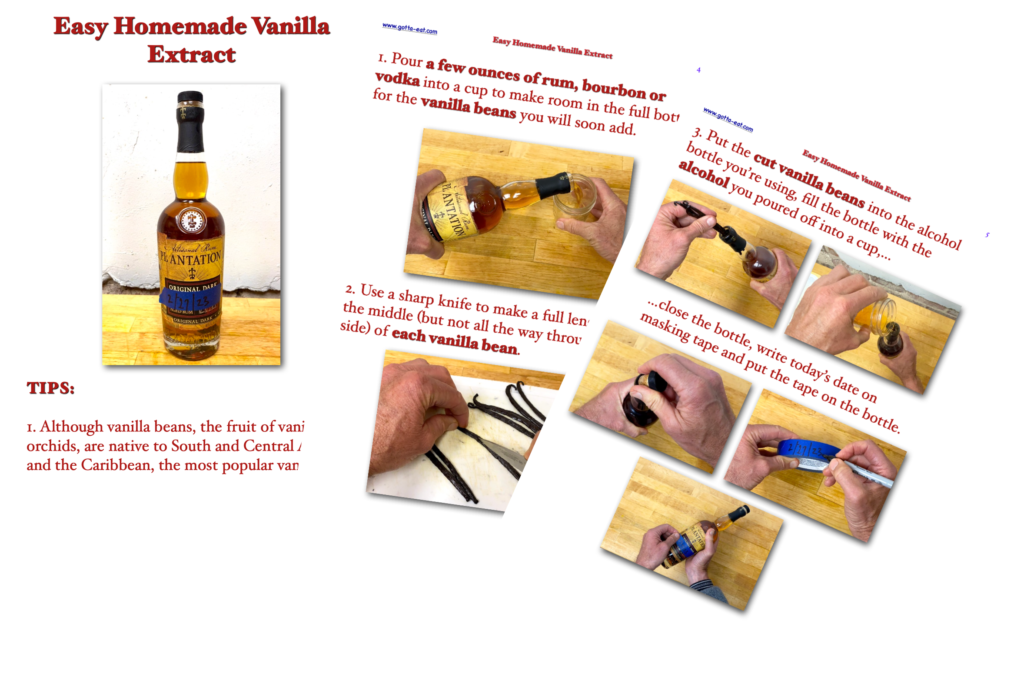Help is one of the greatest internal conflicts we experience. At the first sign of need, we either jump to action ready to help or feel shamefully guilty if we don’t. On the dark side, scammers know that and use it to their advantage regularly. On the bright side, even when we’ve been burned, we persist to offer help or feel guilty right to our core if we can’t or don’t help.
On the flip side, when the tables are turned and we need help ourselves, a voice in our heads twists us with guilt. “Am I really in such bad shape that I need help? C’mon, just deal with it yourself.” I’ve sure heard that inner dialog. But, then there are moments when there’s no choice like, for me, I’m having eye surgery this Friday and the eye hospital won’t let me drive there or home on my own. I need help, and I’m fortunate. The first friend I called, my good “Sis'” Nancy, offered to help immediately, and I greatly appreciate it.
That’s personal – and personally wonderful. Now, open the lens wide open to the need for massive help. Hurricane Helene roared up from the Gulf of Mexico pushing drowning storm surge, blowing down forests of trees and power lines, and pouring water buckets over a fat swath from the Florida Panhandle to Western North Carolina two weeks ago. Beach communities on the Florida Gulf Coast were left ravaged – again. Towns like Spruce Pine in the Blue Ridge Mountains were virtually washed away. Asheville will never be the same.
Now pull in tight. Families and those living alone in Western North Carolinas suddenly needed help, and many didn’t ask for it – or couldn’t ask for it with no cell or phone service. But on the ground, one neighbor or nearby relative in better shape learned of another in worse shape. The word spread. And that word, just like a rolling ripple in a pond, spread wider – and that lead to action.
I was talking with local government official and good friend, Averi, about something related to road safety shortly after Helene hit when she told me she would take a couple days off very soon to join a church-led group to help storm survivors in the western North Carolina mountains. I offered to help. The first day a group of 20 worked to rebuild a driveway and clear Viola’s property in Elk Park of fallen or flood washed trees.
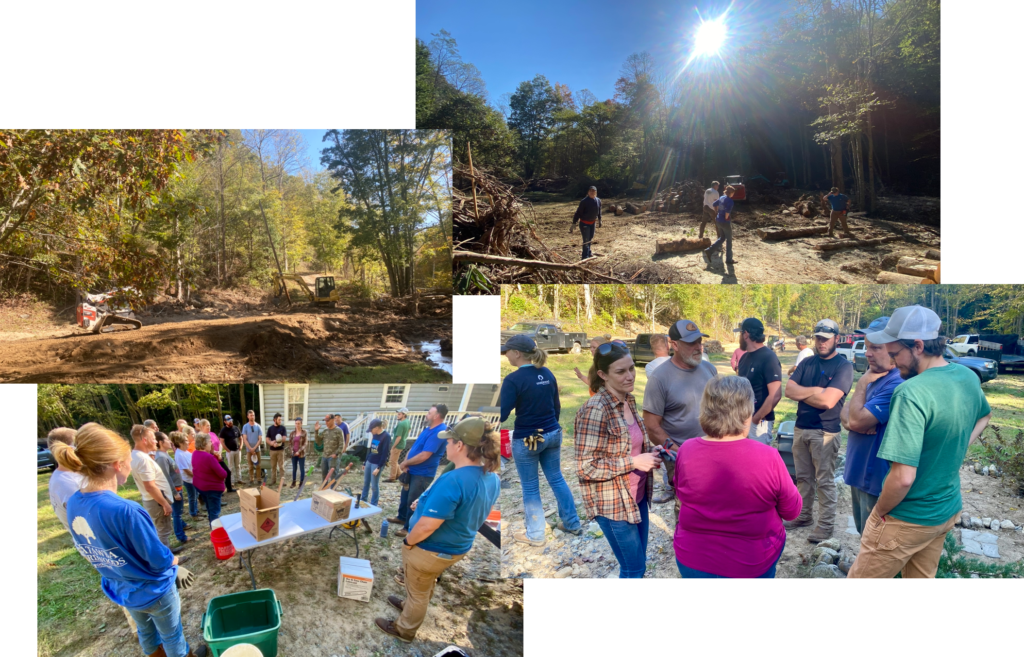
The next day, 15 of us helped clear fallen trees that surrounded and even rested on Dave and Sarah’s secluded Sugar Grove house.
As you’d expect, the homeowners were beyond warmly thankful for help that significantly improved both their home and property security and personal outlook. But what really got me, in the best possible way, was hearing Crosspoint Church founder and pastor, Chris Meade, genuinely tell property owners Viola, Dave and Sarah how much of a privilege it was to serve them.
Chris nailed it. Helping really was a big smile privilege. We, as group, got to help people who probably never would have asked for help. That felt good, especially relative to all the negativity pushed our way everyday. But, it goes deeper than that. We got to meet and interact with people we never would’ve met. I have a line, and it’s not my idea alone, that getting thrown together in a crucible under pressure connects people soul-to-soul.
Here’s an example: though I’ve known Averi as an outstanding, young, accomplished professional for almost all of the four years I’ve lived in Hickory, NC, and have seen her in action both leading meetings or interacting with others doing traffic safety fieldwork where she was, by far, the youngest person in the group, I’d never met her family until last week when I got to see them in action doing much of what they do professionally with incredibly skilled precision. I also got to meet people who drove from Missouri to help and many from nearby towns I would have otherwise never met. And all of us came together united to give and welcome help, and that alone is one of our finest positive qualities as fellow human beings.
Most of all, as Chris Meade said, it certainly is an extraordinary privilege to experience.

 October 16th, 2024
October 16th, 2024 

